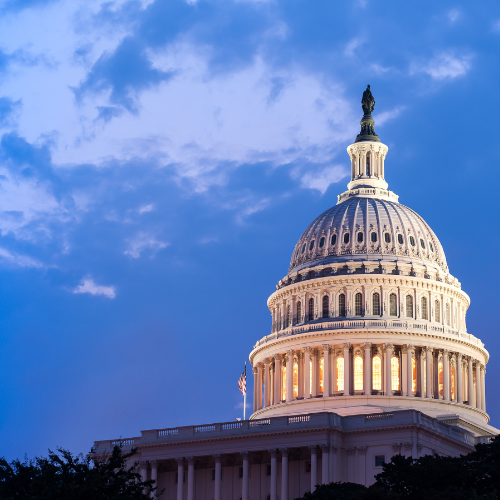OSHA recently published a Notice of Proposed Rulemaking in the Federal Register regarding heat injury and illness prevention. If finalized, the new standard would apply to all employers conducting indoor and outdoor work in all general industry, construction, maritime, and agricultural sectors where OSHA has jurisdiction, subject to limited exceptions. It would also be the first federal regulation specifically focused on protecting workers from extreme heat.
Heat injuries and illnesses are a major worksite risk. According to the U.S. Bureau of Labor Statistics (BLS), from 2011-22, almost 500 workers died from heat exposure in the United States. The BLS also noted that there were nearly 34,000 estimated work-related heat injuries and illnesses that resulted in days away from work.
The proposed rule seeks to make jobsites safer by mandating employers create a plan to evaluate and control heat hazards in their workplaces. The proposed rule includes requirements that employers:
- Identify heat hazards.
- Develop heat illness and emergency response plans.
- Provide training to employees and supervisors.
- Implement work practice standards for heat illness prevention, including rest breaks, access to shade and cool drinking water, and heat acclimatization for new employees.
Employers must take additional protective measures if the heat index rises to 90 degrees Fahrenheit or higher. These include providing 15-minute paid rest breaks every two hours, sending a hazard alert to employees to remind them of emergency procedures and to stay hydrated and take rest breaks, and monitoring employees for heat illness through a buddy system or observation by a supervisor or heat safety coordinator.
Comments on the proposed rule are due by Dec. 30, 2024. If finalized, employers would need to comply with its requirements within 150 days of publication. That means if the rule is finalized, employers would be subject to its requirements early in 2025.
Employers may take steps to comply with this rule now to prepare for its implementation. Such efforts include identifying and addressing heat hazards, preparing and updating policies, and preparing training protocols for employees and supervisors.
Employers should continually monitor for updates and potential legal challenges. Employers may also refer to the following resources for additional information on the proposed standard and instructions on how to provide comments:
Contact us to see how you could minimize risk:




